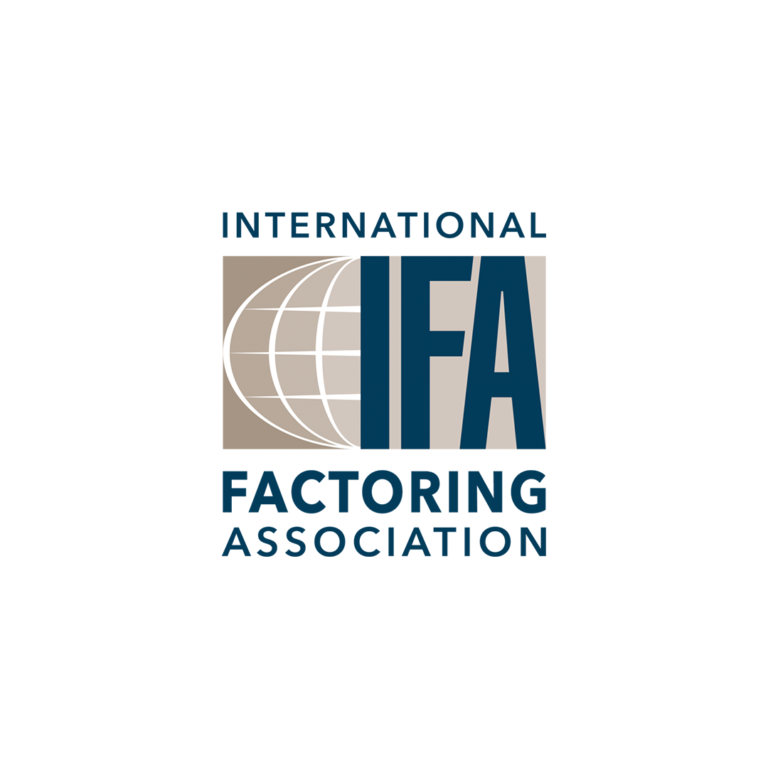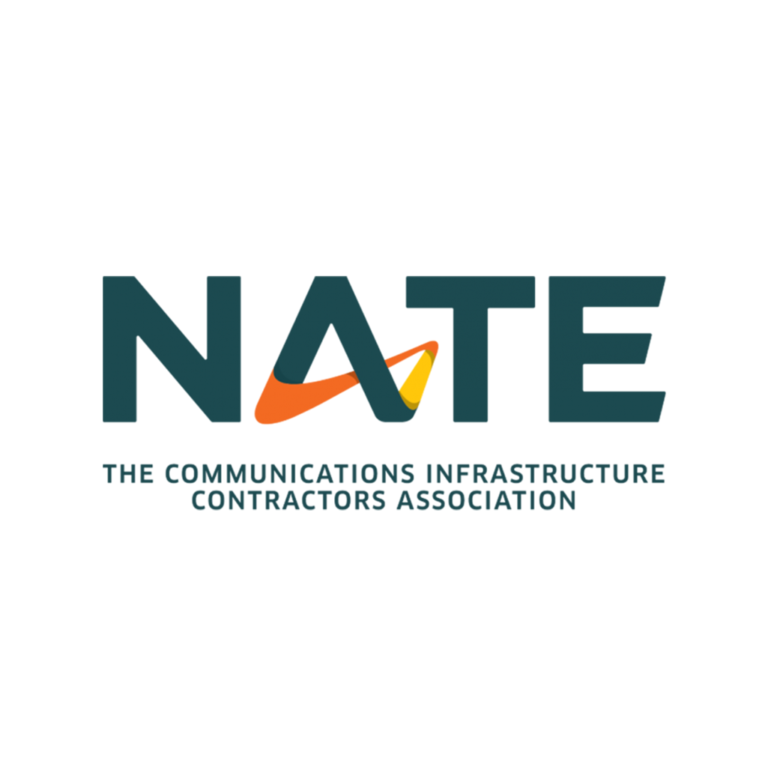
What is an Aging Report and why does it matter?
A key tool for success for small and mid-sized businesses is an aging report. But what exactly is an aging report and why is it so important?
An aging report is often referred to as account receivables reconciliation, which is essentially a compilation of all your invoices. The report will help answer:
- Which clients owe you money?
- How much do they owe?
- How long have they owed you money?
Why is it called an “aging” report? Because you are collecting all the amounts owed to you, including amounts owed today, in 30 days, and past due. You are “aging” the information of your customers.
One calculation you can derive from this report is the average collection period. This can be helpful for your financial planning process by knowing the average number of days it takes to collect on sales. It can also highlight the customers who may be delinquent or frequently late on payments. You may want to address some of those customers to insure you maintain a strong cash flow.
The report will also identify invoices that are still open and determine the financial reliability of your customers. How often should you review your aging report? At least monthly and ideally more often.
Most businesses with clients who do not pay immediately use an accrual accounting method, which is matching your income and expenses during a specific year. An aging report can be included in your income statement if you have established a right to the money. Businesses typically use invoices to establish that right.
In summary, your aging report is a snapshot of all the money you are owed and can help analyze customer and collection patterns. Now you can better predict your cash flow and efficiently plan for the future of your business.







